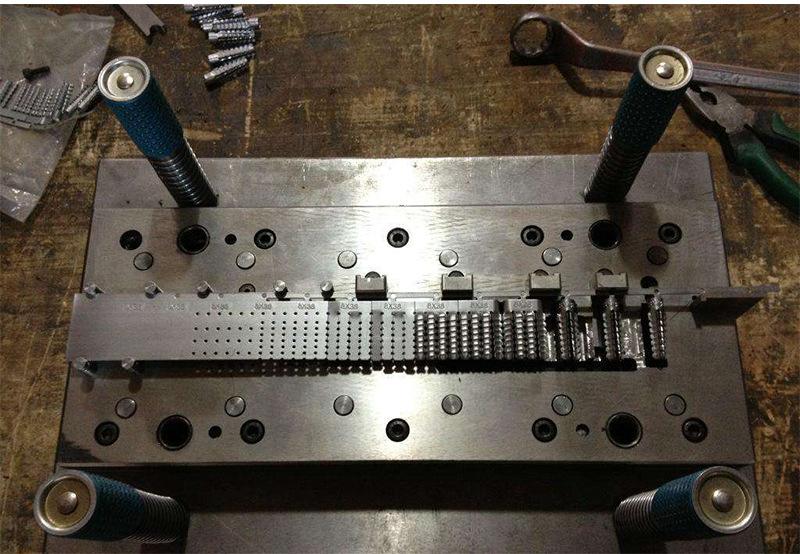Shafts are generally manufactured from rolled round steel or forgings by cutting process. Shafts with small diameters can be manufactured from round steel bars; for important, large diameters or shafts with large variations in step diameter, forgings are mostly used.
To save metal and improve processability, large diameter shafts can also be made hollow and with welded or forged flanges. For complex shaped shafts, casting can be used.
Shaft blank selection
For self-locking nut light shaft or shaft section with little change in diameter and less important shaft, rolled round bar can be used as shaft blank, and cold-drawn round steel can be used directly if necessary; for important shaft subject to load, shaft subject to large load, and stepped shaft with large change in diameter, forging grudge is generally used; for shaft with complex shape, casting blank can be used.
Select the shaft material according to the use conditions
Most of the shafts are subject to torque and bending moment, and work under variable stress conditions, so the shaft material should have good strength and toughness, and good wear resistance when used for sliding bearings. Among them, high-quality carbon structural steel is widely used, 45 steel is the most commonly used, after tempering has excellent comprehensive mechanical properties.
Less important shafts can also be used Q235, Q275 and other ordinary carbon structural steel. High-speed, heavy-duty shafts, shafts with large stresses and small dimensions and shafts with special requirements should be made of alloy structural steel, such as chrome steel, chromium-nickel steel, silicon manganese steel, etc. Alloy steel is less sensitive to stress concentration, and is increasingly used in the machinery industry.
heat treatment and surface treatment process to improve the mechanical properties of the material.
Cold hardening is a mechanical surface treatment process, can also be used to improve the surface quality of the shaft, improve fatigue strength, the method of shot blasting and rolling, etc.. Shot blasting surface to produce a thin layer of plastic deformation, and greatly reduce the surface roughness, hardening the surface, but also to eliminate micro-cracking, so that the surface residual compressive stress.













